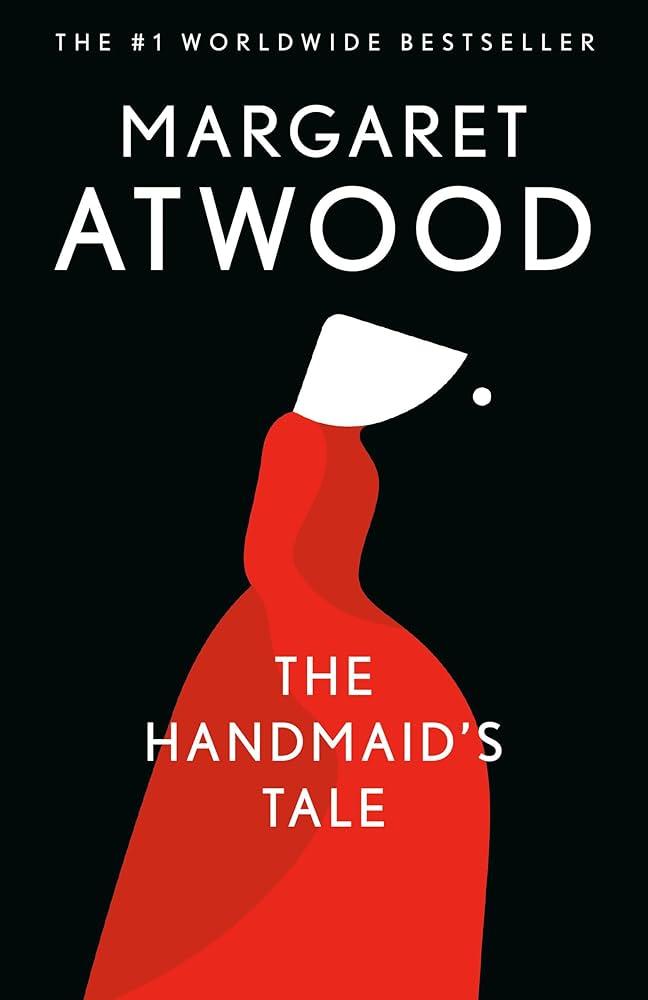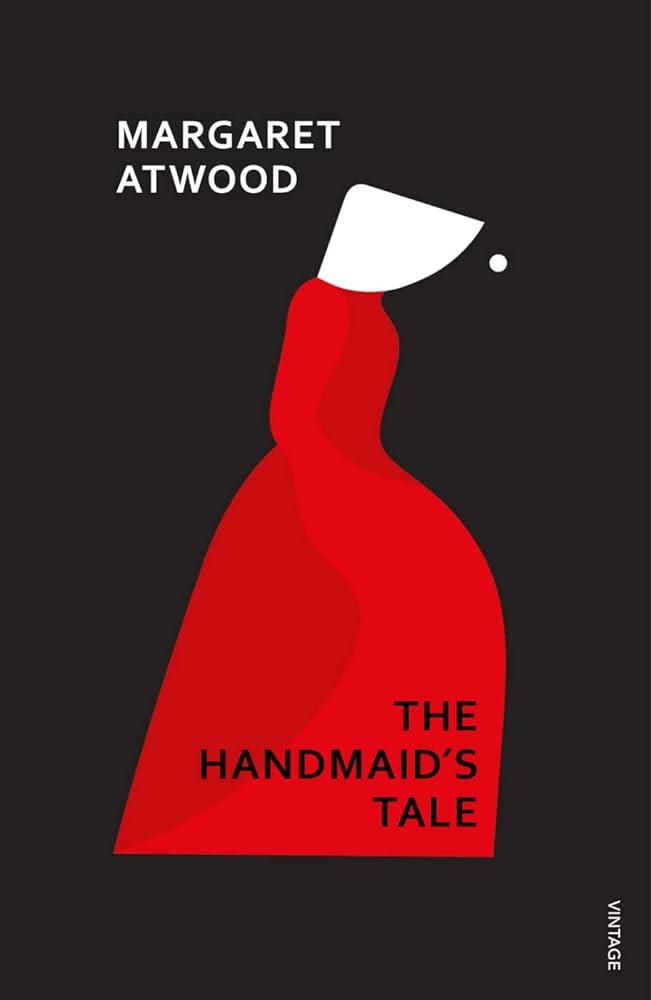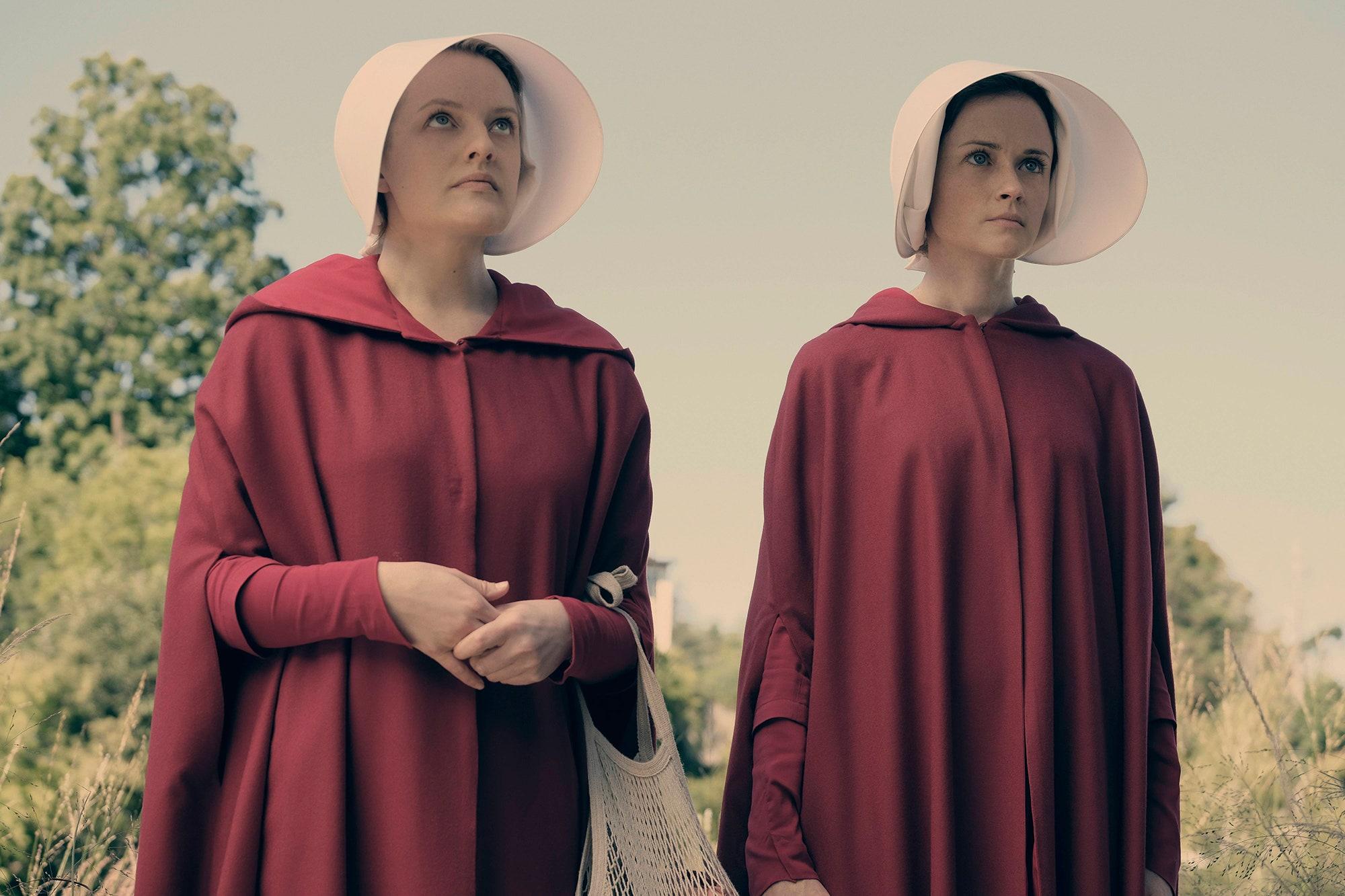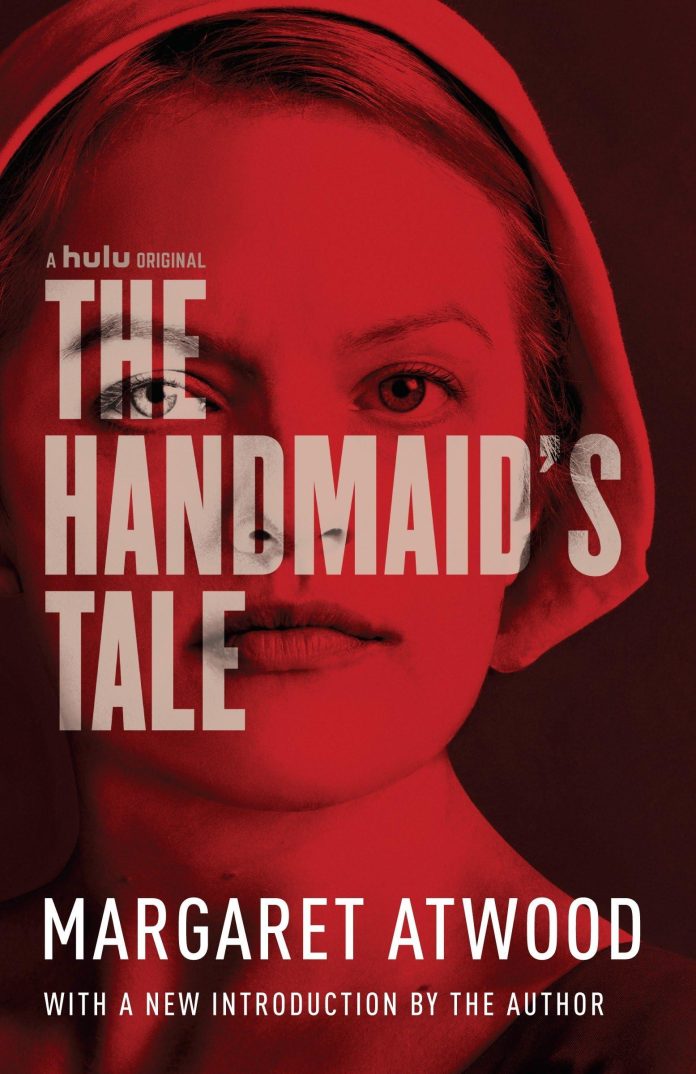In the vast landscape of television, where countless shows come and go, few manage to leave an indelible mark on both the cultural psyche and the societal discourse. “The Handmaid’s Tale” is one such series, transcending the boundaries of mere entertainment to become a powerful reflection of contemporary issues and timeless human struggles. Based on Margaret Atwood’s seminal novel, this dystopian narrative delves into the harrowing world of Gilead, where women’s rights are stripped away under a totalitarian regime. Yet, beyond its gripping plot and compelling characters, ”The Handmaid’s Tale” serves as a cautionary tale and a mirror to our own society, challenging viewers to confront uncomfortable truths about power, gender, and resistance. As we peel back the layers of this extraordinary series, it becomes evident that its impact extends far beyond the screen, resonating with audiences worldwide and prompting critical conversations that are as urgent as they are necessary.
Exploring the Societal Mirror: Unveiling Real-World Parallels
In the dystopian landscape of The Handmaid’s Tale, viewers are thrust into a chilling world that mirrors, in exaggerated tones, the subtle undercurrents of today’s societal challenges. The series artfully reflects contemporary issues such as gender inequality, reproductive rights, and the abuse of power. These themes are not mere fictional constructs but rather amplified echoes of ongoing real-world dialogues. The portrayal of Gilead’s oppressive regime serves as a stark reminder of the consequences of unchecked authoritarianism and the erosion of personal freedoms.
- Gender Inequality: The enforced roles and loss of autonomy faced by women in the series highlight persistent gender disparities.
- Reproductive Rights: The extreme control over women’s bodies in Gilead mirrors current debates surrounding reproductive autonomy.
- Power Dynamics: The manipulation and abuse of power by the ruling class in the series underscore the dangers of absolute authority.
Through its vivid storytelling and relentless exploration of these issues, The Handmaid’s Tale invites viewers to reflect on the parallels between its fictional narrative and the real world. It challenges us to recognize the fragility of freedoms and the importance of vigilance in safeguarding them. The series is not just entertainment; it’s a call to action, urging us to confront and address the societal imbalances it so starkly portrays.

Character Complexity: Beyond the Red Cloak
In Margaret Atwood’s dystopian universe, characters are wrapped in layers as intricate as the societal constructs that bind them. Offred, the story’s protagonist, transcends the simplicity of her red cloak and white bonnet. Her inner world is a kaleidoscope of defiance, longing, and survival, reflecting the complex interplay of oppression and resistance. As viewers, we are drawn into her silent rebellions and whispered truths, understanding that beneath the veneer of submission lies a tenacity that refuses to be subdued.
- Serena Joy: Once a voice of zealotry, her journey into vulnerability exposes the fragility of power.
- Aunt Lydia: A figure of terror, yet her fervent devotion reveals a tragic allegiance to a broken system.
- Nick: A silent enigma, whose loyalties are as unpredictable as the winds of change.
These characters are not mere symbols; they are living, breathing entities with motivations as varied and unpredictable as the world they inhabit. Their stories compel us to look beyond the surface, challenging us to consider the complexities of identity and agency in a world that seeks to strip them away.

The Power of Storytelling: Crafting a Cultural Phenomenon
The narrative power of The Handmaid’s Tale lies in its ability to weave a chillingly plausible dystopian future with reflections of our own societal struggles. This TV adaptation transcends mere entertainment, offering a potent commentary on themes of power, control, and resistance. Through its gripping storytelling, it holds a mirror up to the audience, encouraging a profound examination of contemporary issues such as gender inequality and governmental overreach.
- Visual Symbolism: The use of stark, contrasting imagery not only captivates but also conveys deeper meanings, such as the iconic red cloaks representing both oppression and defiance.
- Character Depth: Each character is meticulously crafted, allowing viewers to witness their evolution and the impact of their environment on their moral compass.
- Timely Themes: The series resonates strongly in today’s climate, echoing real-world debates and sparking discussions that extend beyond the screen.
By blending these elements, the series not only tells a compelling story but also creates a cultural phenomenon that invites viewers to engage critically with the world around them.

Lessons in Resistance: What We Can Learn and Apply
In a world that often feels like a constant battle between freedom and oppression, “The Handmaid’s Tale” serves as a powerful reminder of the importance of resistance. The series offers valuable insights into how to navigate and challenge authoritarian regimes. Here are some key takeaways:
- Unity and Solidarity: The strength of collective action is undeniable. When individuals come together, they can form a powerful front against oppressive forces. The bonds of sisterhood and shared struggle become a formidable force.
- Persistence in the Face of Adversity: Even when the odds seem insurmountable, the persistence of characters like June illustrates the power of unwavering determination. Resistance requires a steadfast spirit and the courage to keep fighting.
- Subversion and Creativity: Finding innovative ways to undermine authority can be a subtle yet effective form of resistance. The series showcases how creativity can be a weapon against tyranny, from covert communications to symbolic acts of defiance.
These lessons extend beyond the fictional world, offering us tools to confront and resist injustice in our own lives. By understanding these strategies, we can better equip ourselves to stand up against real-world inequities.



